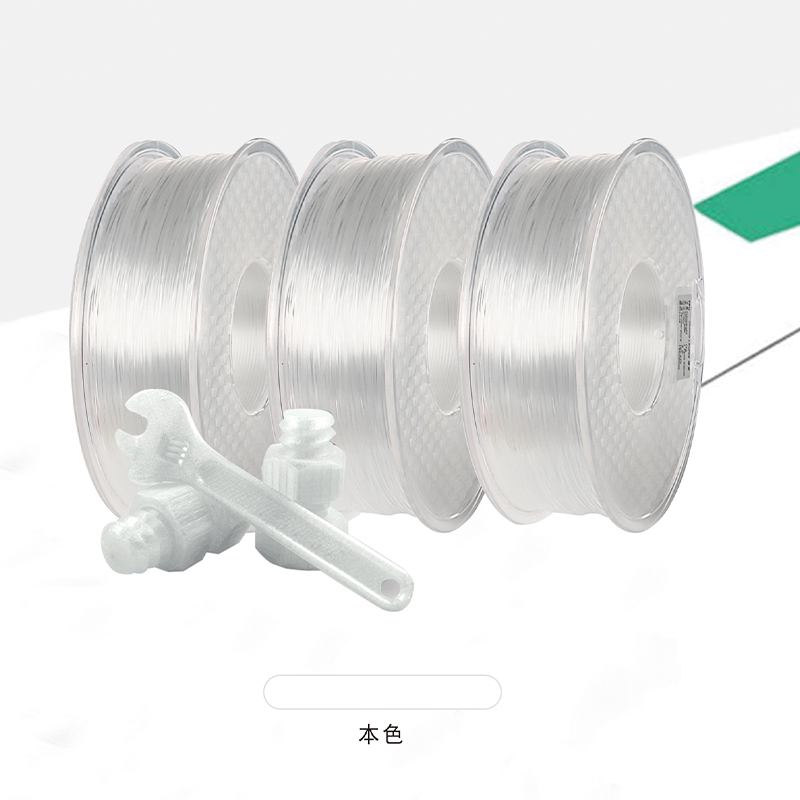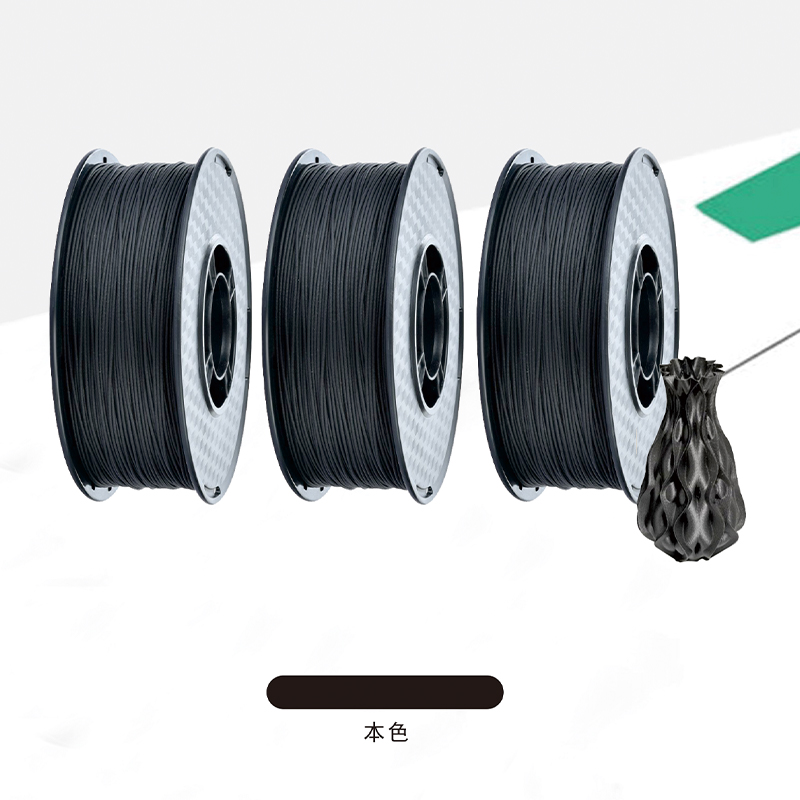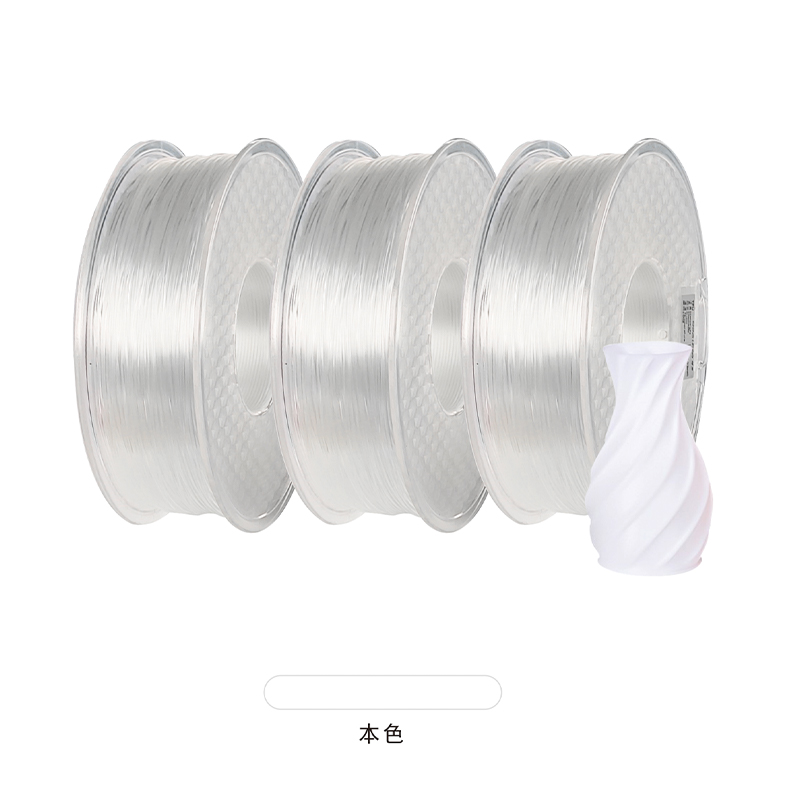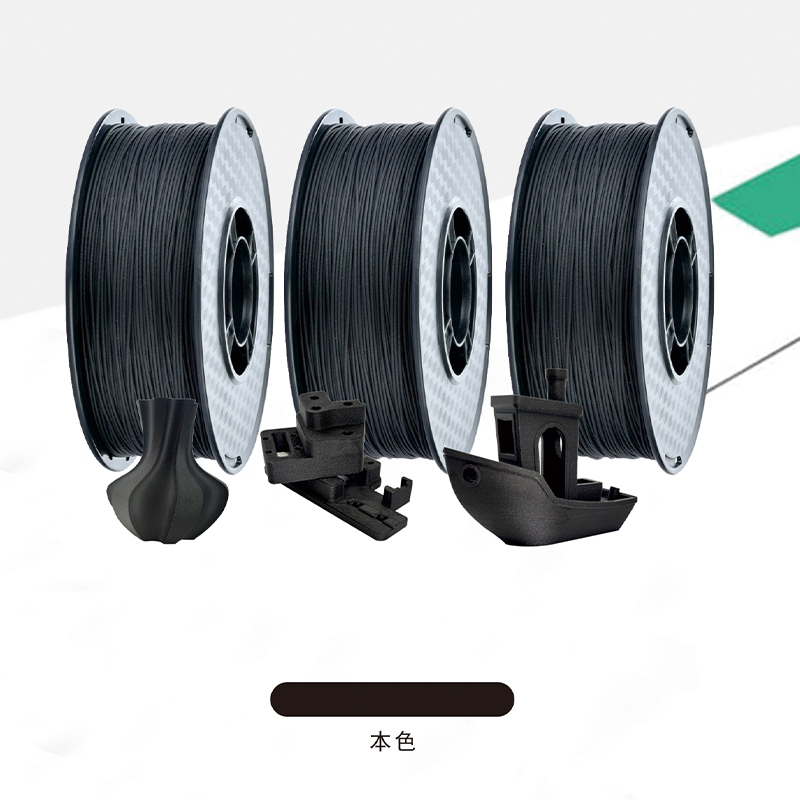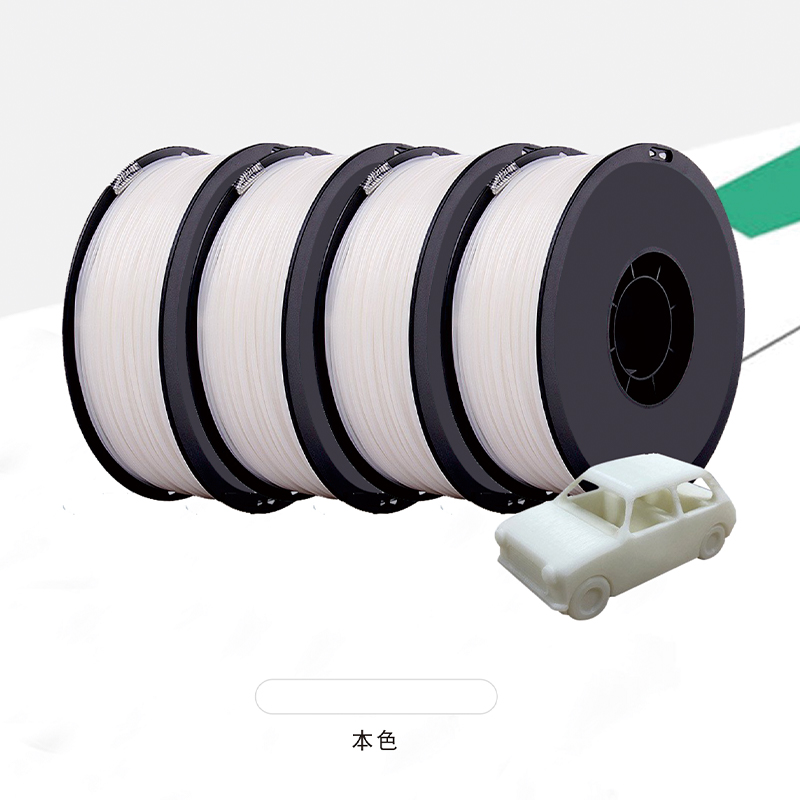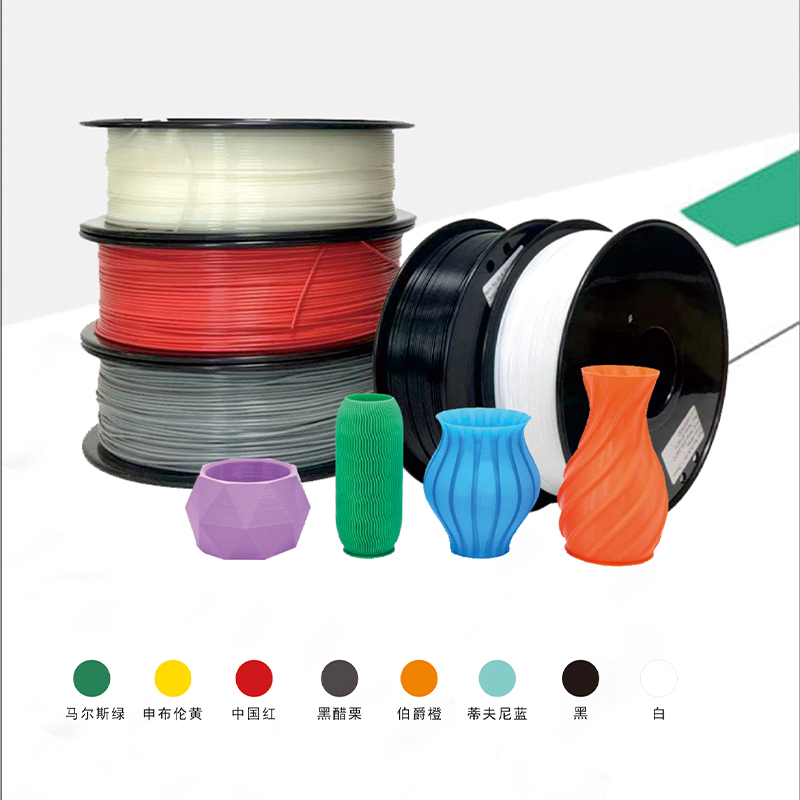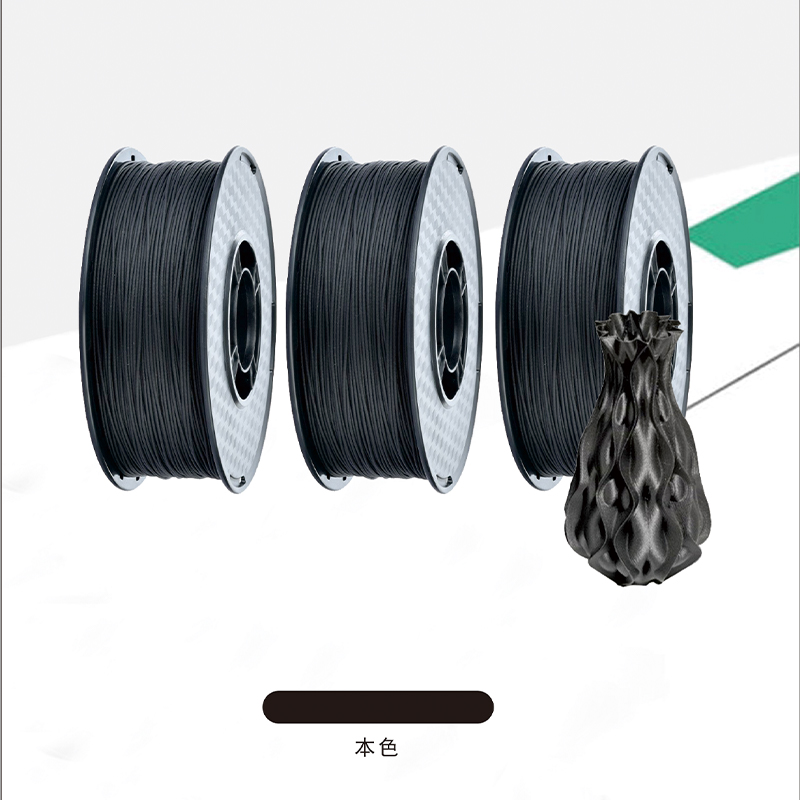Can biodegradable films be disposed of in regular waste streams?
The disposal of biodegradable films in regular waste streams depends on the specific properties and regulations in the given region. In many cases, biodegradable films are designed to break down naturally, but the effectiveness of this process can vary. Here are some key considerations:
Composting Facilities:
Many biodegradable films are best disposed of in industrial composting facilities, where the conditions are optimized for rapid biodegradation. These facilities provide the necessary temperature, moisture, and microbial activity for efficient decomposition.
Home Composting:
Some biodegradable films are suitable for home composting, but this often depends on the material composition. Consumers should check the packaging or product information to determine if the film is compatible with home composting.
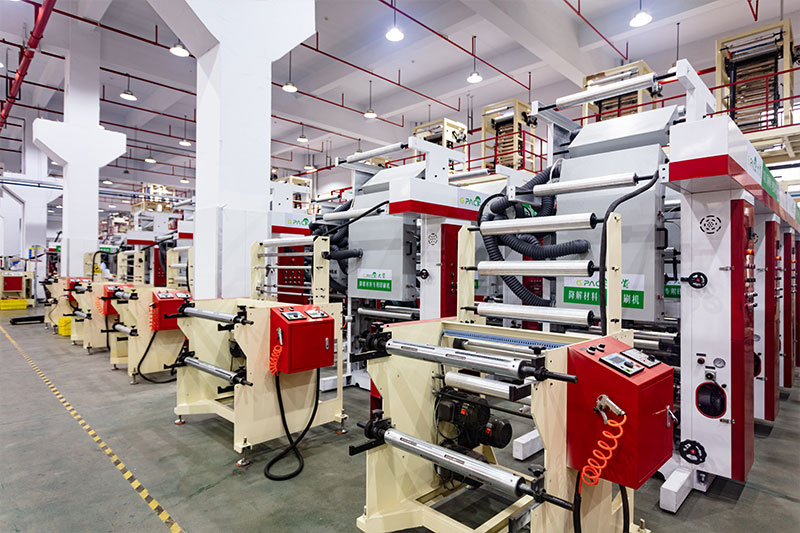

Landfills:
While some biodegradable films can break down in landfills, the process is often slower due to the lack of ideal conditions. In traditional landfills, waste is often compacted and lacks the necessary oxygen levels for efficient biodegradation.
Recycling:
Not all biodegradable films are recyclable in conventional recycling streams. It's important to follow specific guidelines for recycling in the given area. Some biodegradable films may contaminate recycling streams if not properly separated.

prevNo previous article
nextHow can consumers properly dispose of biodegradable bags to maximize their environmental benefits?

Product Category
News Category
Popular products
The main products include various types of plastic film bags, such as takeout packaging bags, express bags, shopping bags, food composite bags, wrapping films, agricultural film, etc., and disposable dining utensils, such as lunch boxes, knives, forks, spoons, etc.


 English
English 中文简体
中文简体 Español
Español
